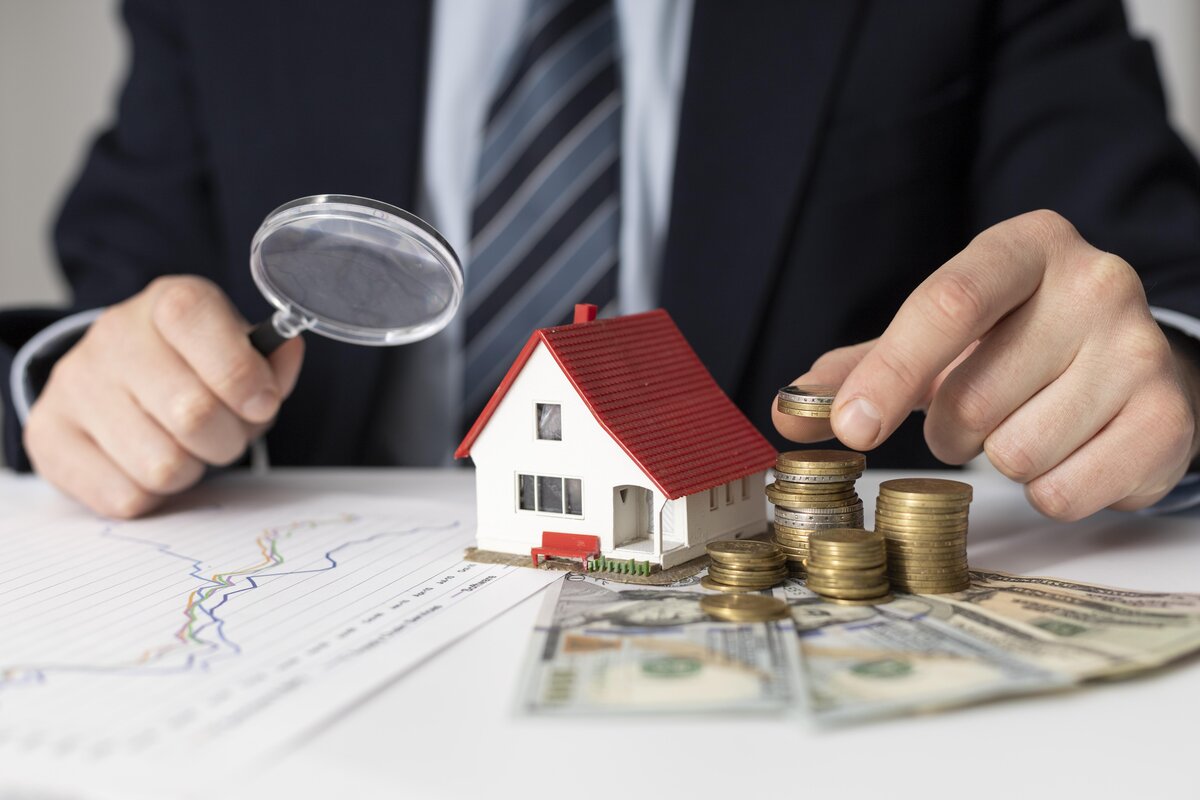
You’re living near the best theme park in the country, yet your house is more like a house of horrors these days. You can raise your property value in Anaheim with some simple home improvement projects.
Don’t know where to begin? LawnStarter does the work for you with this comprehensive look at which improvements will raise your property value in Anaheim, and which ones will simply put a dent in your wallet.
In this guide you’ll learn:
- Which DIY projects to tackle yourself
- Which projects are better left to a professional
- Home improvement projects that have the highest ROI
Anaheim has lots of sun and a near-perfect climate, and its best homes have lush lawns and updates inside and out. Whether you live in your home or rent out a room for Disneyland visitors, we’ll show you how to update your home to get the best value for the project.
Table of Contents
This article will cover:
- DIY vs. Contractor Projects
- Getting the Best Return on Your Investment
- Indoor Projects
- Landscaping Trends That Improve Property Value
- Smart Home Features
- Fencing for Value
DIY vs. Contractor Projects
So you’re ready to fix up your home, and you’ve decided which projects to dive into. Your next decision is whether to do it yourself or hire a contractor.
Here’s what to consider:
- How much time it will take (contractors almost always finish the job faster)
- How much material, space, and equipment is needed (smaller is better for DIY)
- How much patience you have (rushing will result in a sloppy-looking project)
- Whether permits are required (usually for larger projects)
- Mistakes could ruin your house (think faulty wiring or plumbing)
Simple, low-cost improvements are fine for DIY unless you have zero skills, but larger, more expensive projects are best left to the pros. Check out some of the more common jobs homeowners take on themselves and which ones they step away from:
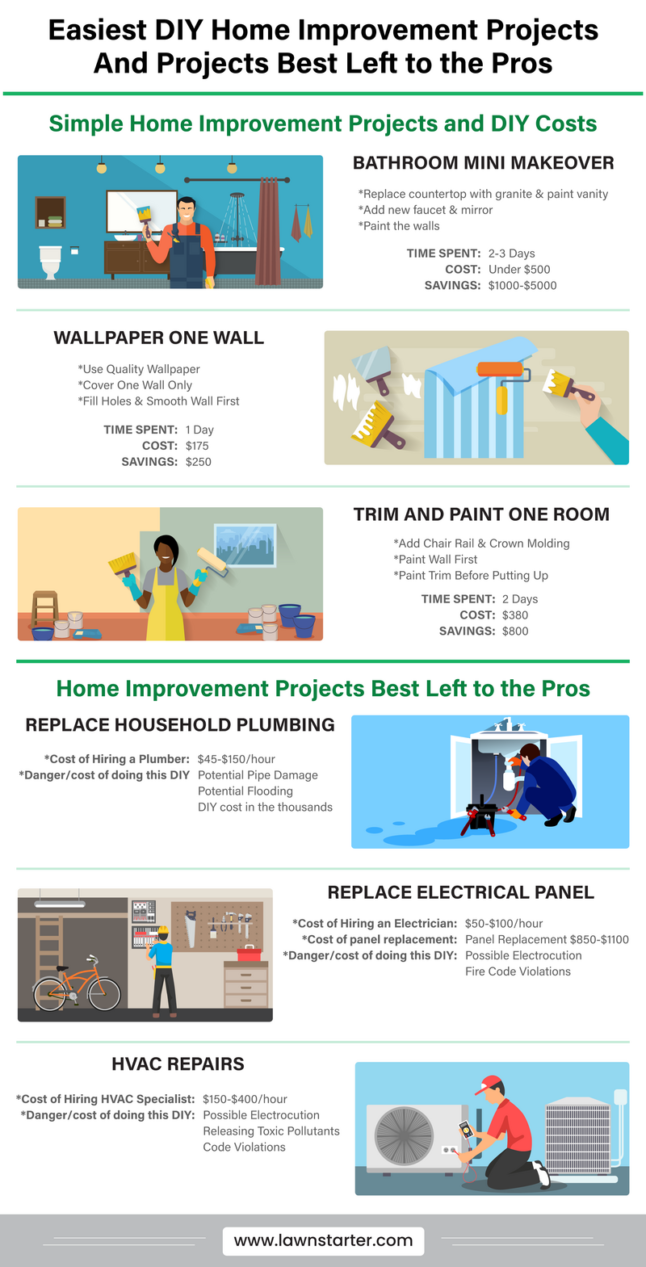
If your home projects don’t actually improve the house, you’ve thrown your money away. So be aware of the risks involved in DIY projects:
- Your work may look sloppy
- Extra money spent on the proper tools
- You could injure yourself
There are risks in hiring contractors as well. They include:
- Your contractor may be unlicensed or uninsured (you take on liability for injuries)
- The contractor may leave your job unfinished and not come back
- Workers may enter parts of your home that are off-limits
Building code permits
This one is a biggie. Not all improvements require a permit, but several do, and trying to get by without one is costly. Whether it’s a DIY project or you’ve hired it out, find out if the city or county requires a permit. You could find yourself up against these obstacles down the road if you go without.
- Lower resale value
- Trouble getting a loan
- Trouble getting insurance
- City penalties
The only way to know if you need a permit for your remodeling projects is to check with your city. You may also want to see if your homeowners association has any restrictions on the project you’re planning.
How to Get the Best Return on Your Investment
Not all home improvements are worth the expense. With some home improvements, you will reap the rewards when it’s time to sell, while other projects are little more than a money pit.
Projects with the best ROI
Siding replacement
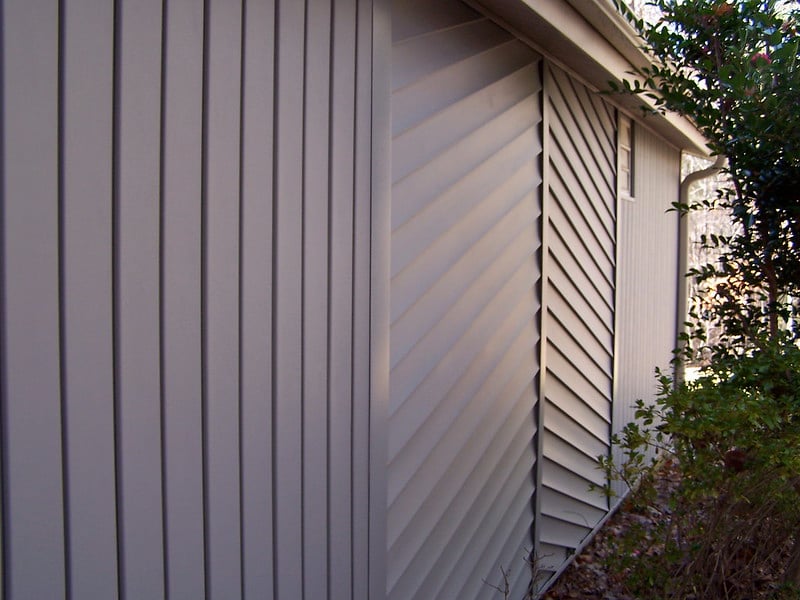
Siding comes in wood, vinyl, fiber cement, and metal. All will vastly improve the look of your home when replacing old, faded siding. Using vinyl siding (one of the most popular choices) costs an average of $3.50 per square foot with an ROI of 76.7%.
Kitchen remodel (minor)
You rarely go wrong with a kitchen remodel, and you don’t have to break the bank. A major kitchen overhaul can set you back $100,000 or more, but spending a fraction of that for a minor redo still adds value. Focus on cosmetic changes. Spend less than $20,000, and you’ll see an 83% return on investment.
Doors (entry and garage)
Garage and entry doors draw the eye to a home, so when making improvements, you want something eye-popping!
For garage doors, updated looks (think contemporary panels, carriage-house doors, or a wood look) boost curb appeal and add value to your home. Expect to pay an average of $1,200 and get an ROI of more than 97%. Houses with appealing garage doors go for about 7% more than those with outdated, tired styles.
Don’t skimp on the entry door, also part of your home’s first impression. The average cost of a new door is just under $1000, depending on the material. Steel doors are a little more expensive but a good choice, as they prevent leaking and help with insulation. The ROI on a new door is about 75%.
Manufactured stone veneer
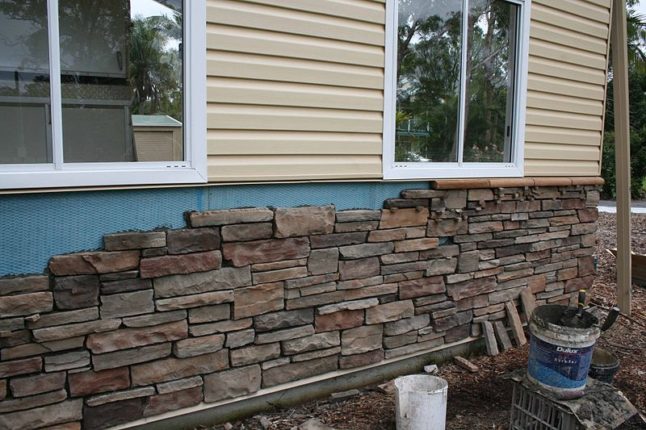
The curb appeal of manufactured stone veneer is tough to beat. It adds a classy, upscale look to a home. You can add it to homes with siding or even houses built with brick. Homeowners spend an average of $9,000 when using manufactured stone veneer and recoup nearly 95% of that cost in resale.
Worst investment projects
Sunroom
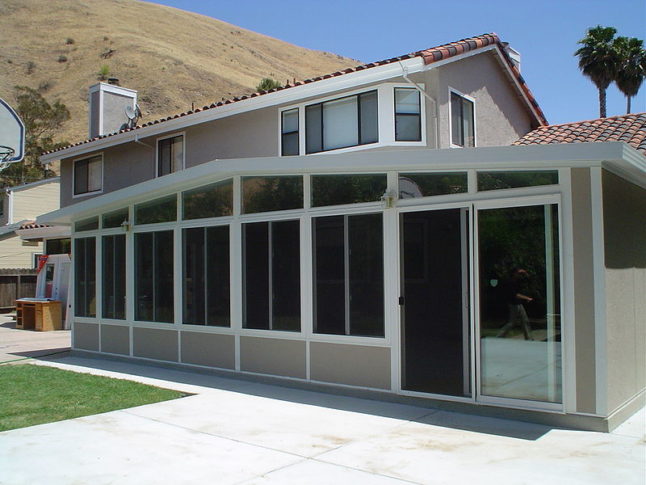
They look pretty and add space to your home, but in Anaheim, a sunroom isn’t really necessary. Most of us prefer to enjoy our Southern California weather in the actual outdoors.
Sunrooms can be expensive, especially if yours has floor-to-ceiling windows and a glass roof. The average cost is between $30,000 and $80,000. The expected ROI on a sunroom is just 45% to 50% of your investment.
Master suite addition
If you’re planning to live in your house for a long time, build that master suite addition. You’ll get plenty of use and enjoyment out of it. But if you’re looking for a high ROI, that’s not the way to go. The average cost of a mid-range addition is a whopping $130,000, but the ROI is just 59%.
Wall-to-wall carpet
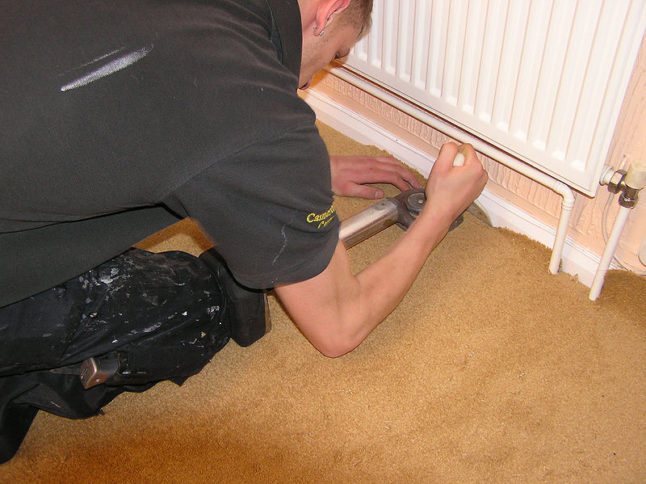
Years ago, wall-to-wall carpet was a huge selling point in a home, but now, hardwood, laminate, vinyl planking, and tile are king. In fact, not only does carpeting have one of the worst ROI’s, but it can actually decrease the value of your house by nearly $4,000!
Indoor Projects
The rooms that get the most use, and features with the most wear and tear, are the ones that see the most improvements. Kitchens and bathrooms frequently get at least a mini-makeover. Walls and floors are also changed fairly often.
Kitchen
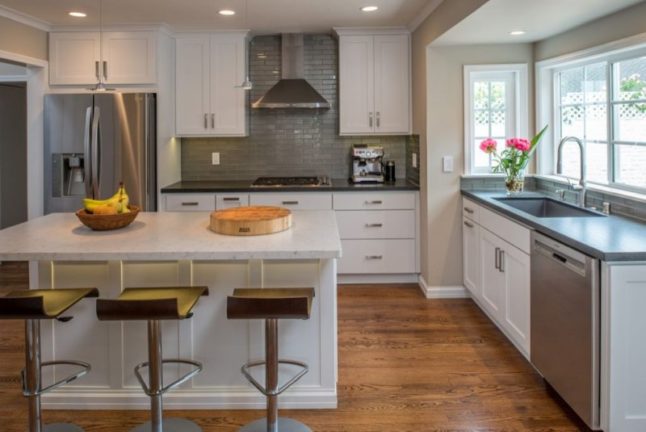
The kitchen is the heart of your home, and you want it to look good. Focus on cosmetic improvements like painting, refacing, and replacing countertops, cabinets, flooring, and counter/drawer pulls.
Some easy ways to save big on cabinets in your kitchen remodel? Skip pricey custom cabinets in favor or more affordable ready-to-assemble cabinets. Also, think through what you really want. For example, you probably need only one lazy Susan cabinet. Same goes for a trash bin cabinet.
A minor kitchen remodel costs an average of $12,000-$21,000 or $75 to $100 per square foot, with an ROI of 105%. You aren’t changing the structure, you’re just making cosmetic upgrades.
Bathroom
Bathrooms (and kitchens!) sell houses and increase home values. A basic remodel includes new fixtures and countertops, retiling the shower/tub, refinishing or painting the cabinets, and painting the walls.
Expect to spend around $3,000 (DIY) for a small bathroom remodel or up to $12,000 if you hire a contractor. You’ll get about 66% of that back in the resale value of your home.
Plumbing
Once you start remodeling, you may decide to replace the plumbing. Updating the pipes can return a whopping 260% on your investment. Expect to spend between about $7,500 to repipe the entire home. PEX and CPVC pipes are 20% to 40% cheaper than copper but don’t last nearly as long.
Painting
Painting is a fairly simple and quick way to spruce up your home. When it’s done well, it can change the entire look of a room. The average cost to paint the interior of a 2,500-square-foot house in Anaheim is just over $5,000. (The average cost to paint the exterior of that same house ranges from $3,000 to $5,000.)
That’s if you hire the job out. Doing the painting yourself saves up to 60%. That’s a significant amount of cash if you can do a good job.
Floors
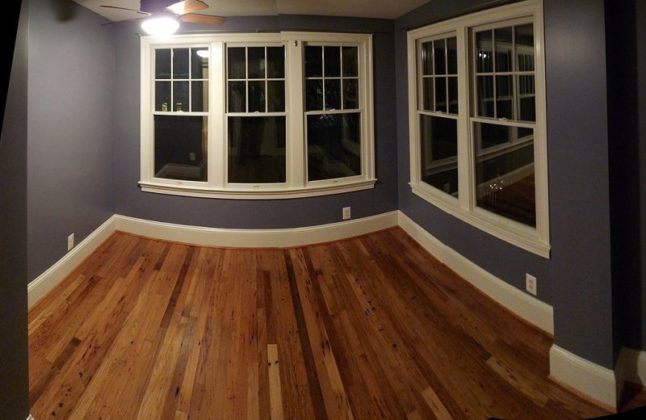
| Floor Type | DIY Cost | Professional Cost |
| Carpet | $3 / square foot | $4 / square foot |
| Engineered Hardwood | $8 / square foot | $10 / square foot |
| Tile | $10 / square foot | $16 / square foot |
Should you install flooring yourself? Professionals can do it faster. But if you do it yourself, you won’t have to pay for labor. The final product may have a more quality look if done by a professional, but if you take your time, you can achieve that as well.
New doors & windows
Windows and exterior doors add curb appeal as well as value. Replacement windows can return up to 72% of the cost upon resale. Consider changing the color or upgrading the window trim, add grills, or even change the style. Shutters add charm, and window boxes bring a touch of nature.
Windows (per double-hung window)
- DIY cost: $400
- Professional cost: $600
The front door is typically the focal point of a home’s exterior. Bright colors are on-trend these days but be sure it doesn’t clash with the rest of the house, whether it’s brick or siding. An easy change is painting the door, but replacing it can add value when it’s time to sell.
Doors (exterior)
- DIY cost: $800
- Professional cost: $1,000
Solar panels
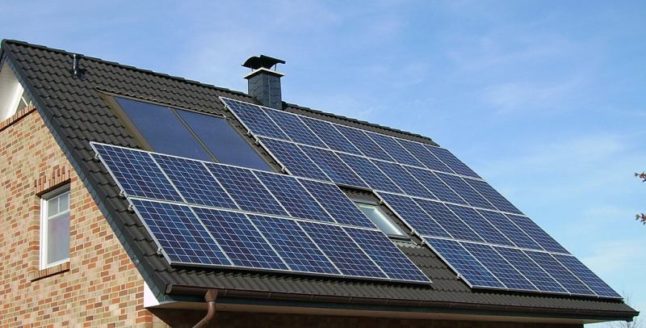
Solar panels are a great investment, especially in Southern California, where they can add nearly $20,000 to the value of a medium-size house. A solar home’s selling price is at least 3.74% higher than that of a non-solar home.
Plus, there are rebates and incentives available for adding solar panels. Installation costs average $12,000-$17,000. The average time it takes to recoup those costs in California is just under six years.
Landscaping Trends That Improve Property Value
A well-landscaped home has a notable price advantage over one with no landscaping. It’s part of the whole package that makes up your home’s curb appeal. That advantage ranges from 5.5% to 12.7%, which translates into thousands of dollars. So what sells in Anaheim? Low maintenance is always key for Southern California landscaping.
Flowers

Blooms that withstand a hot, dry climate flourish in sunny Southern California. Native plants are the easiest to care for and create an excellent habitat for birds, butterflies, and bees. Some of the most colorful and appealing native plants add charm and boost curb appeal.
Some examples: Hoary California fuchsia features fuzzy green leaves and brilliant red flowers. Desert mallow is an evergreen with fuzzy, silvery leaves and cupped flowers in shades of vivid orange to watermelon red. You also can use succulents and native grasses to create a beautiful yard.
Trees

Trees add value to your property because of the benefits they offer, such as shade, noise reduction, air pollution reduction, and minimizing storm runoff. Good tree cover increases property prices by about 7% in residential areas, as long as the trees are well-cared for.
Native California trees that require little water and add value as well as beauty to your yard include:
- Catalina Cherry Tree
- California Box Elder
- Western Redbud
- Velvet Ash
- Incense Cedar
Hardscaping
Hardscaping is any element of landscaping that is non-living. Think sidewalks, driveways, and patios. Some of these elements add more value to your property than others.
A patio cover extends your living space into your backyard. This type of indoor-outdoor living is very popular. It adds square footage to your home and increases your entertaining space.
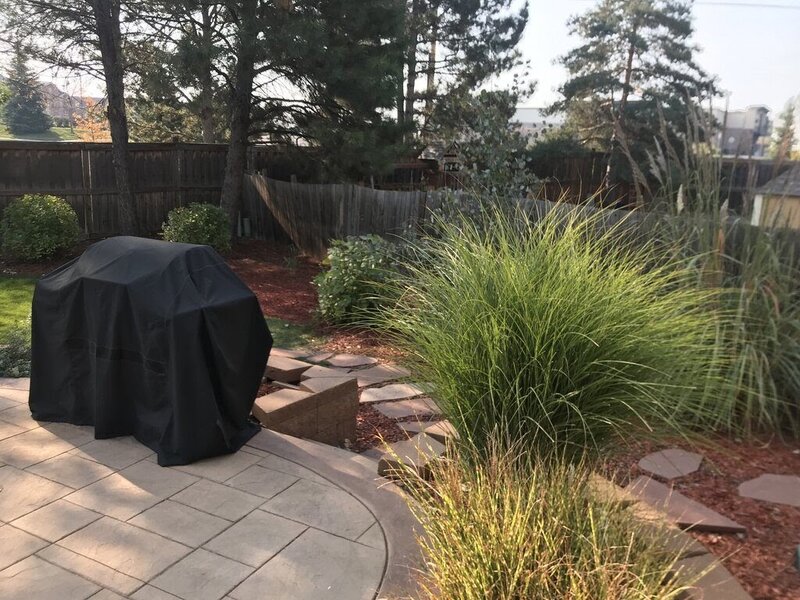
Paver walkways boost your property value by adding to the curb appeal of your home. It’s an appealing path to your house. But don’t stop with the front yard. Adding paver walkways around your home and in the backyard contribute to the overall outdoor décor. Natural stone works great, as well, but is more expensive to install.
Put a fire pit in your backyard to up your home’s value. It’s a charming focal point for family and friends to gather around. Choose materials that complement the landscaping in your yard for the best value.
A retaining wall creates a unique look for your yard while protecting your landscaping from soil erosion. It holds, or retains, soil behind it. These walls can be built from brick, concrete, timber, or boulders. You can design the wall to look attractive while being functional at the same time.
Deck vs patio
Whether you build a deck or a patio depends on several factors.
Is the terrain flat? If so, you may choose a patio but rough, sloping ground almost always calls for a deck.
How much weight does it need to hold? Loading it up with furniture and many guests dictates a patio.
And how much do you want to spend? Decks are usually more affordable, and they work well in a side yard.
Your best choices for decks are wood decking and vinyl decking. Wood is less expensive but will eventually warp, shrink, and swell, even with treating. Vinyl is more resistant to warping, insects, and swelling but costs more.
Outdoor lighting
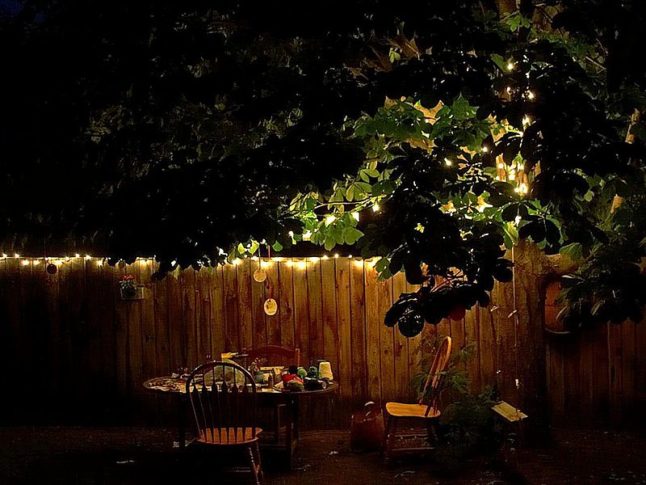
Entertaining space sells. Once you’ve upgraded your deck or patio, it’s time to add lights to create a cozy, inviting backyard.
LED lights are the perfect outdoor light. They produce consistent, clear light. LED lights also are energy efficient and use less wattage, thus there’s little effect on your electric bill. And they come in a variety of styles.
LED lights can be used on pathways, pillars or posts, or strung together and hung over the deck or yard. You can maximize your savings with something called dusk-to-dawn functionality.
These various types of LED bulbs use a photocell to detect sunlight and keep the lights off until evening. With dusk-to-dawn lights, you don’t have to worry about turning them on and off.
Irrigation systems
Water conservation is a big issue in Orange County and across California. Balancing water supply with demand is a constant problem. But that doesn’t mean you can’t provide your lawn with what it needs to be lush and green. An irrigation system adds value because it saves time and is energy-efficient.
Automatic sprinklers provide all the water your lawn needs, when it needs it. You can “set it and forget it.” The downside to an automatic sprinkler system is it can waste water through evaporation.
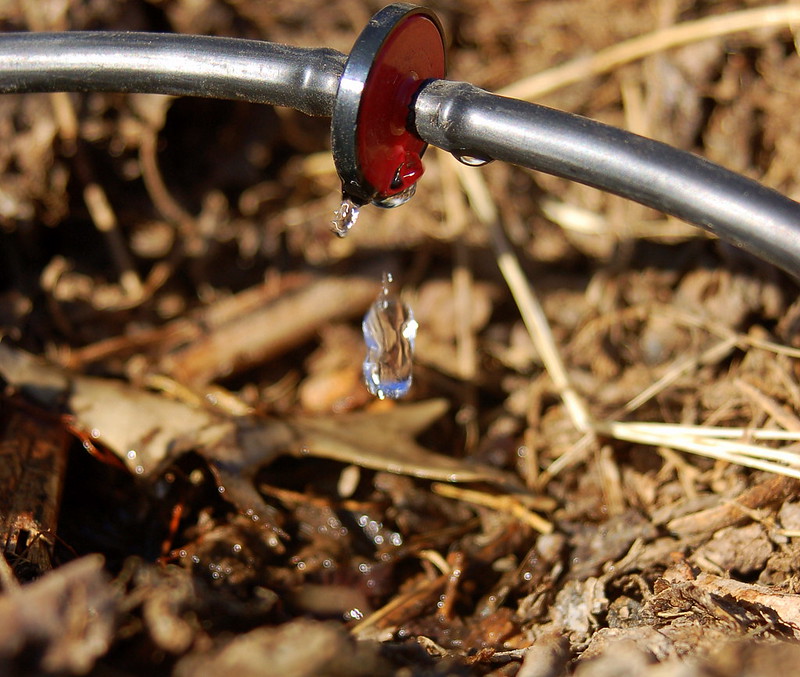
Drip irrigation is recommended for Southern California yards. You can choose a drip irrigation system that’s above ground or slightly buried.
Drip irrigation is good for conservation because you decide how much water is dripped out over a certain amount of time. The negative is that it’s more expensive to install in large yards.
Smart Home Features
Automatic lights
Home automation increases property values. Many prospective buyers say they would pay more for a house with smart features.
The days of “clap on, clap off” are long gone and replaced by lights you can control with your phone, Alexa, or Google Assistant. You can even put them on a schedule of when to turn on, off or even dim.
Thermostats
Smart home thermostats really save cash and boost value. Like the lights, you control the temperature through an app on your phone or with a virtual assistant.
Turn the heat down and the AC up during the day when you’re not home, saving on gas or electricity.
Locks
Keeping out unwanted visitors is easy with smart locks. These locks work with virtual assistants, Wi-Fi, or Bluetooth.
Forgot to lock the front door on your way out? No problem. You can do it from work. Need to let a friend in to house sit while you’re away? Again, let them in from anywhere and relock the door with your phone.
Safety is everyone’s priority, so smart locks add value to your home.
Fencing for Value
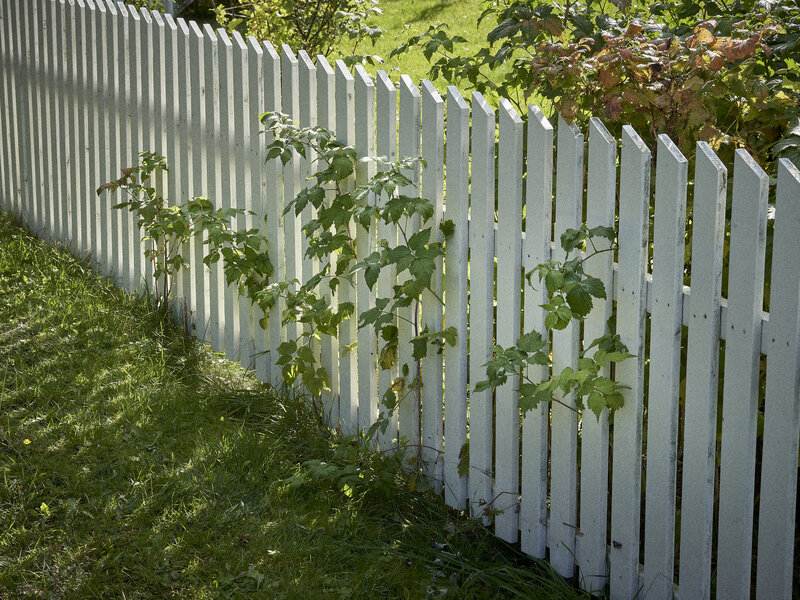
Good fences make good neighbors, right? They also provide privacy and a safe space for kids and pets to play. So while you’re sprucing up your yard, make decisions about the fencing, as well.
Front yard fences are all about curb appeal, so decorative is what you’re after. A spaced picket fence is the top choice, with a timeless appearance (especially in white) that adds charm to your home.
Fences are traditionally made of wood with the cheapest type being pressured-treated pine and the costliest being redwood and tropical hardwoods.
Vinyl is another fencing option. While installation is inexpensive, vinyl fencing typically costs more per linear foot than wood.
Front yard fences are usually cheaper than backyard fences because the average height is 3 feet.
| Fence Type | Pros | Cons | Average Cost |
| Wood (lasts up to 20 years) | * Inexpensive (depending on wood type) *Eco-friendly *Blends with environment | *Must be painted to change color *Rots *Warps | 4 foot-$12/ linear foot 6 foot-$22/ linear foot 8 foot-$30/linear foot |
| Vinyl (lasts up to 100 years) | *Longevity and durability *Available in colors *Easy to clean | *Synthetic Appearance *Not natural *Can collect mold and mildew | 4 foot-$15/linear foot 6 foot-$28/linear foot 8 foot-$36/linear foot |
Wrought iron fences are sometimes used to add curb appeal but don’t offer any privacy. If that’s the look you want, the average cost is $30 per linear foot. But if privacy and longevity are what you’re after, vinyl is the clear winner.
We’ve shown you some winners in the home improvement game but there are some losers, as well. Property values decrease when dealing with these issues, but keep in mind, they are all things you can fix.
- Code violations
- Rodents/pests on your property
- Bad/disheveled landscaping
- Roof damage
- Putting off maintenance
Make the Right Home Improvements
You don’t have to make all of these changes at once. Your home may not even need all these improvements. But any updates that improve curb appeal or make life easier will pay off in resale value.
Don’t forget the odds and ends. Update your mailbox. Add some window boxes or shutters. Line your current concrete walkway with bricks. Start simple and work your way up.
Of course, your lawn is also an essential part of your home’s appeal. Improve its appearance with the help of our Anaheim lawn care pros. They can mow and fertilize so your grass complements your newly improved home.
Main Photo Credit: Freepik